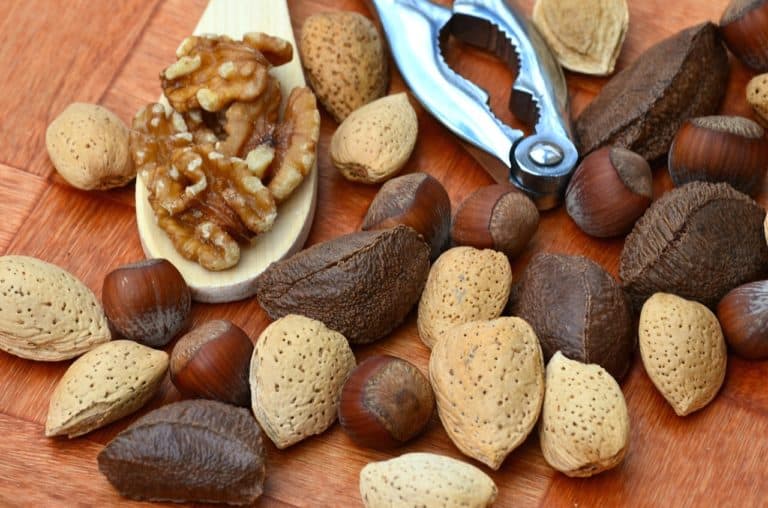Xiaflex for Dupuytren’s contracture was approved by the Food and Drug Administration (FDA) in 2010. It’s the first medicine for the treatment for this difficult to treat disease. Previously, surgeons specializing in diseases of the hand would perform one of various surgical procedures to treat Dupuytren’s. There are advantages and disadvantages with each type of Dupuytren’s surgery. These include delayed wound healing, damaged skin, pain, and discomfort following the procedures and recovery times. Additionally, Dupuytren’s can sometimes recur following surgery.
What is Dupuytren’s contracture?
In Dupuytren’s contracture, cords made of a protein called collagen develop under the skin on the palm side of the hand. As the cords thicken and stiffen, they pull the fingers from the straight position into curved positions. Also, as the cords thicken and stiffen, some Dupuytren’s sufferers become unable to open their hands to the fully straight position. The ring and pinky fingers are the most commonly affected. Dupuytren’s contractures occur more frequently in elderly men of northern European descent. However, all races and both sexes can be affected.
The cause is controversial. Many surgeons consider finger traumas major risk factors. Note that a one-time trauma probably won’t result in Dupuytren’s contracture. The issue is repeated traumas. Additional risks for the development of Dupuytren’s include smoking, excessive alcohol use, diabetes, elevated cholesterol, having epilepsy and using medications that treat epilepsy, and working in a profession that involves manual labor. As you see, most of the risk factors are modifiable.
Xiaflex (collagenase clostridium histolyticum) is a combination of collagenase enzymes in the Clostridium histolyticum family. Enzymes break substances down into parts. In the case of Xiaflex for Dupuytren’s contracture, collagen protein is broken down. The two collagenases in Xiaflex affect two different targets on collagen.
In using Xiaflex for Dupuytren’s contracture, hand surgeons inject the medication into the cords. The next day, the fingers are manipulated, as much as possible, through expected ranges of motion. The combination of Xiaflex and motion-therapy improves breaks up collagen and improves finger mobility and flexibility. As the treatment progresses, fingers are better able to straighten.
Important studies of Xiaflex for Dupuytren’s contracture
The Collagenase Option for the Reduction of Dupuytren’s (CORD I and II) studies involved injections of Xiaflex versus placebo into Dupuytren’s fingers. Placebos are substances that contain no active medication. The injections were given 30 days apart. In addition to injections and finger manipulations, patients wore finger splints for four months (during treatment). Neither surgeons nor patients knew who received Xiaflex versus placebo. To participate, patients had to be unable to rest their hands completely flat. The CORD I study was conducted in America and CORD II in Australia.
In the CORD I trial, patients were randomly divided such that 204 fingers received up to three Xiaflex injections and 104 received up to three placebo injections. At study end, 64% of Xiaflex fingers met study-defined, mobility goals compared to 6.8% placebo fingers. The increase in Xiaflex® range of motion went from 43.9% at the start of the trial to 80.7% at its end. The increase with placebo was from 45.3% to 49.5%.
Of fingers meeting goal, the average time to reach target mobility was 56 days. Half of the Xiaflex fingers not reaching goal also did not receive all three injections. Cited reasons included patients’ early satisfaction with Xiaflex and surgeons’ inability to palpate the cords (meaning the cords shrank such that the surgeons could no longer feel them in the patients’ palms).
Fingers receiving Xiaflex for Dupuytren’s contracture improved 79.3% from the start of the study. Placebo fingers improved 8.6%. All of the mentioned differences between Xiaflex for Dupuytren’s contracture and placebo were statistically significant.
The 12-month CORD II trial had two stages. The first followed the 90-day layout used in CORD I (including mobility goals, injection timing, finger manipulation, and use of finger splints). Xiaflex was injected into 45 fingers and 21 received placebo. The second part was a nine-month study involving the use of Xiaflex for Dupuytren’s contracture (no placebo). Decisions to inject additional Xiaflex were left to the surgeons. If deemed necessary, Xiaflex was injected regardless of what was injected in the first stage. Fingers could receive up to five additional injections.
Within 30 days of the first injection in stage one, 44.4% of Xiaflex fingers reached goal compared to 4.8% of placebo. The average time to reached goal was 57 days after the first Xiaflex injections. The average improvement in frozen finger angles was 35.4 degrees for Xiaflex and 7.6 degrees for placebo. Having hand surgery prior to Xiaflex did not affect the fingers’ ability to reach target.
After 12 months of using Xiaflex for Dupuytren’s contracture, there were no recurrences (defined as reappearance of palpable cords in fingers where cords had previously disappeared). Nearly all patients developed antibodies to Xiaflex 30 days after their first injections. However, none had systemic allergic reaction. This study involving Xiaflex for Dupuytren’s contractures confirmed that fingers having the least disease severity and shortest duration of disease tend to respond the fastest and the best.
Use of every medication carries some risks. In the case of Xiaflex for Dupuytren’s contracture, the risks include pain, swelling (of the fingers up to the armpit), bruising, and rarely infection at the site, itching, and tendon rupture. Injecting Xiaflex outside of the cords can damage to healthy tissues. Xiaflex has not been tested in patients using medications that increase the bleeding risk, including Coumadin (warfarin), Plavix (clopidrogel), Xarelto (rivaroxaban), or Pradaxa (dabigatran etexilate). Also untested are those who’ve suffered recent strokes and pregnant and lactating women.
References
Gilpin D et al. Injectable collagenase Clostridium Histolyticum: A new nonsurgical treatment for Dupuytren’s disease. Journal of Hand Surgery 2010; 35; 2027-38.
Hurst LC et al. Injectable collagenase Clostridium Histolyticum Xiaflex for Dupuytren’s contracture. The New England Journal of Medicine 2009; 361: 968-79.
Prescribing information for Xiaflex for Dupuytren’s contracture. © 2010 Auxilium Pharmaceuticals; Malvern, PA .
Townley WA et al. Dupuytren’s contracture unfolded. British Medical Journal 2006; 332: 397-400.







